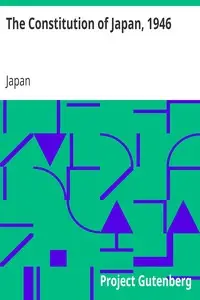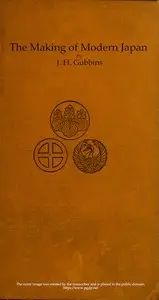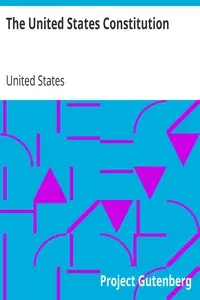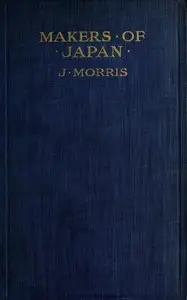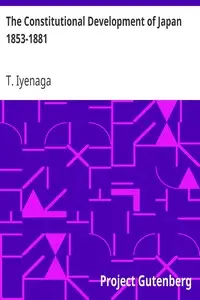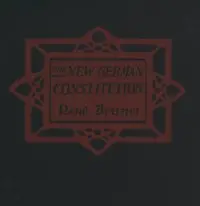"The Constitution of the Empire of Japan, 1889" by Japan is a key historic paper from the Meiji era, explaining how Japan was ruled during a time of big change. It tells how the government was set up, what people could and couldn't do, and how laws were made. The document starts with a promise from the Emperor, focusing on the idea that he's always in charge and wants what's best for the people. It explains what the Emperor can do, and it creates a law-making group with two parts: the House of Peers and the House of Representatives. It also lists the basic rights of the people, like being able to speak freely and own property. So, the Constitution shows how Japan was trying to become modern, building a strong government while still keeping the Emperor's power.
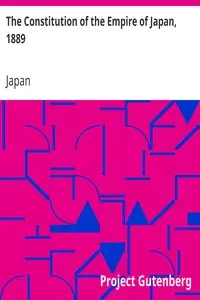
The Constitution of the Empire of Japan, 1889
By Japan
Witness how a nation redefined its destiny, balancing ancient authority with modern freedoms in a single, revolutionary document.
Summary
About the AuthorJapan is an island country in East Asia. It is located in the Pacific Ocean off the northeast coast of the Asian mainland, and is bordered on the west by the Sea of Japan and extends from the Sea of Okhotsk in the north to the East China Sea in the south. The Japanese archipelago consists of four major islands—Hokkaido, Honshu, Shikoku, and Kyushu—and thousands of smaller islands, covering 377,975 square kilometres (145,937 sq mi). Japan has a population of nearly 124 million as of 2024, and is the eleventh-most populous country. Its capital and largest city is Tokyo; the Greater Tokyo Area is the largest metropolitan area in the world, with more than 38 million inhabitants as of 2016. Japan is divided into 47 administrative prefectures and eight traditional regions. About three-quarters of the country's terrain is mountainous and heavily forested, concentrating its agriculture and highly urbanized population along its eastern coastal plains. The country sits on the Pacific Ring of Fire, making its islands prone to destructive earthquakes and tsunamis.
Japan is an island country in East Asia. It is located in the Pacific Ocean off the northeast coast of the Asian mainland, and is bordered on the west by the Sea of Japan and extends from the Sea of Okhotsk in the north to the East China Sea in the south. The Japanese archipelago consists of four major islands—Hokkaido, Honshu, Shikoku, and Kyushu—and thousands of smaller islands, covering 377,975 square kilometres (145,937 sq mi). Japan has a population of nearly 124 million as of 2024, and is the eleventh-most populous country. Its capital and largest city is Tokyo; the Greater Tokyo Area is the largest metropolitan area in the world, with more than 38 million inhabitants as of 2016. Japan is divided into 47 administrative prefectures and eight traditional regions. About three-quarters of the country's terrain is mountainous and heavily forested, concentrating its agriculture and highly urbanized population along its eastern coastal plains. The country sits on the Pacific Ring of Fire, making its islands prone to destructive earthquakes and tsunamis.

